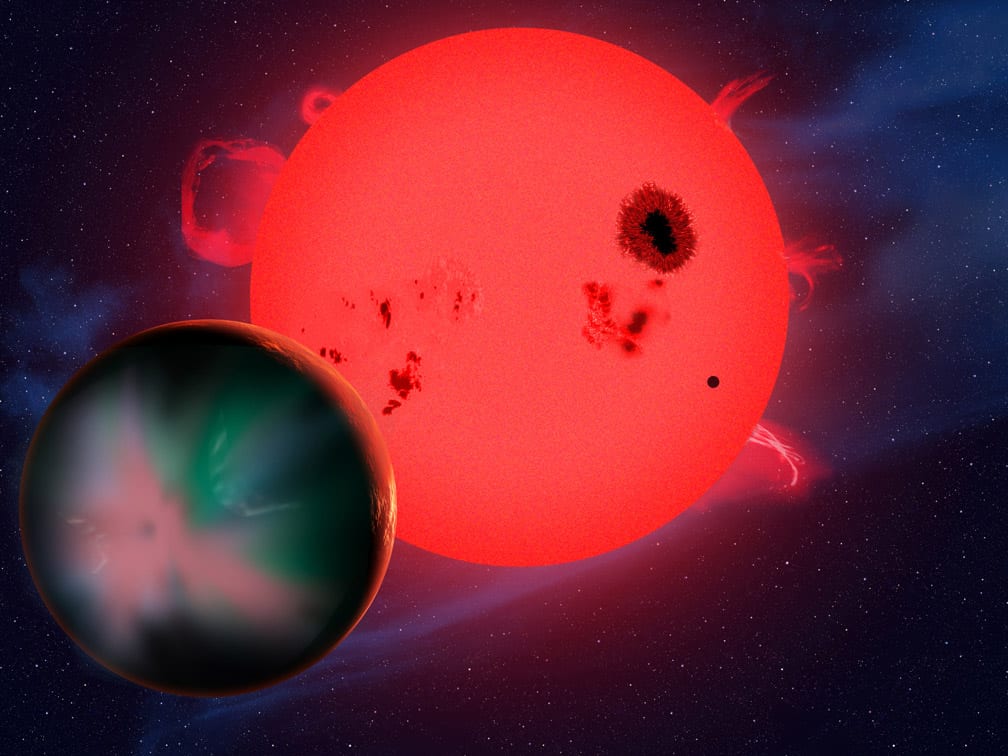
Brief Summary:
During my graduate studies I developed a cutting-edge numerical model to study the solar corona and the solar wind. This model has been also used as a prototype for a forecasting system to predict space weather and its impact on satellites, astronauts and space-born technology. After completing my PhD., I moved to the Harvard-Smithsonian center for astrophysics as an NSF fellow. I continued to work on studies of the solar corona, but at the same time, I began to implement my solar model to other stars in order to study stellar astrophysics problems, such as the spindown and mass-loss rates of low-mass stars. These parameters are very important for stellar evolution, but they cannot be directly measured. Thus, my modeling work on stellar winds has provided a significant advancement. In addition, I’ve been implementing models that have been developed to connect the Earth and solar system objects to the study of exoplanets. This approach provided a much more realistic view on exoplanets and their characteristics. I’ve established mymself as an interdisciplinary researcher who works on many topics falling within the range of planetary science, heliophysics, solar physics and astrophysics. I served as a scientific reviewer in many review panels of NASA and the NSF, a long list of scientific journals and graduate student and postdoc review panels.
EDUCATION
Ph D: Space and Planetary Physics, (2008), University of Michigan, Department of Atmospheric, Oceanic, & Space Sciences – Ann Arbor, MI, Dissertation/Thesis Title: The Solar Corona through Numerical Eyes
MS, (2002), Tel-Aviv University, Department of Geophysics & Planetary Sciences – Tel- Aviv, Israel
BS, (2000), Tel-Aviv University, Department of Geophysics & Planetary Sciences – Tel- Aviv, Israel
Membership & Service
American Geophysical Union (AGU) – member
American Astronomical Society (AAS) – member
AAS Solar Physics Division Public Policy Committee
NASA Exoplanets Program Analysis Group (ExoPag) executive committee
